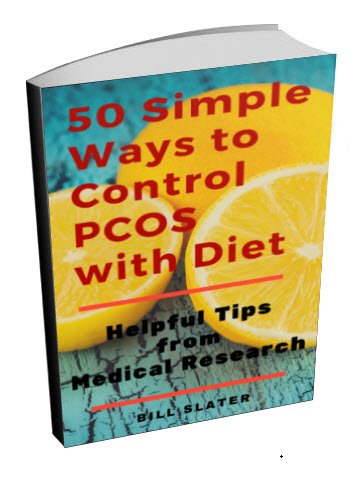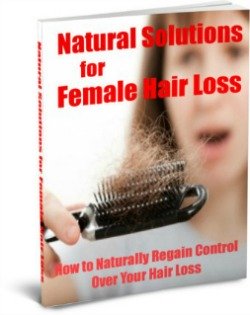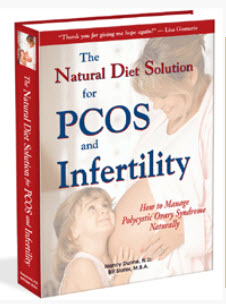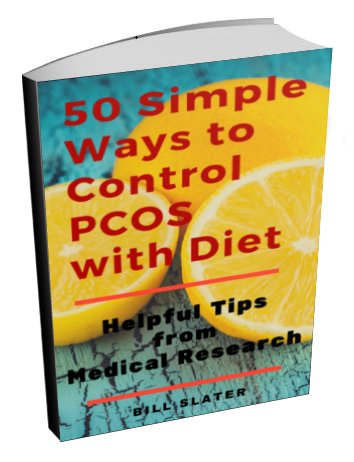Have You Tried These Usual Hair Removal Methods?
Hirsutism is a common and very distressing symptom of PCOS. Successful hair removal is a challenge for women who have this disorder.
Here are a number of ways to physically remove facial and other unwanted hairs, including:
Free PCOS Newsletter
- Depilation
- Epilation
- Electrolysis
- Laser
- IPL.
Depilation and Epilation a Common Hair Removal Technique
Hair can te temporarily removed with through depilation or epilation. Continued use of these methods works well for many women.
Depilation is the removal of the part of the hair above the skin's surface.
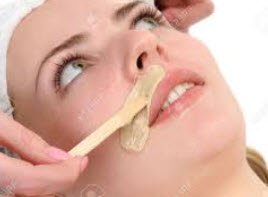
It can produce results lasting several hours to several days. Two main depilation methods are shaving and creams. Shaving is inexpensive, virtually painless, and provides good results in the privacy of your own home.
There are creams and lotions that chemically dissolve your hair away. The effect is similar to shaving, but using them can leave a rather bad smell that lasts for days afterward and may cause rashes if you have sensitive skin.
Epilation is the removal of the entire hair from the follicle.
Tweezing can work well for small areas. Waxing or sugaring works by applying a sticky paste and then peeling it off the skin, along with the hairs embedded in it. Friction, using a mitt with a rough surface, is used mainly for fine leg hair.
Threading involves rolling a twisted thread across the hairs to catch and pull them out. Rotary epilators are similar to electric razors, except they have tweezers that pull your hairs out.
Hair removal can be painful. There is also a tendency for rash-like bumps and possible infection after treatment. If you're doing epilation at home, you may not be able to reach all the areas that need treatment. Epilation works better on hair that grows straight and lies flat. Curly hair or hair that grows in different directions is more painful to pull out and often requires repeated applications over the same area to get a hairless result.
Electrolysis
More permanent hair removal may be achieved with methods that destroy the hair follicle. The success of these methods depends a great deal on the skill of the practitioner, and your skin and hair type.
Despite some advertising claims, none of these methods are 100% painless, and none can guarantee 100% permanent results for all women.
All involve risk of infection or some kind of damage to the skin surrounding the hair follicle. Your best chance of a happy result will be with a method that has been around for a while, in the hands of an experienced practitioner. Regulation varies by state, so check to see if the practitioner is licensed or registered.
Electrolysis is one of the oldest hair removal methods and has a reliable track record for hirsutism. In the hands of a well-trained and experienced technician, it is safe and effective.
A thin metal probe is slid into a hair follicle and electricity flows along the probe to damage the follicle so that the hair does not re-grow.
Electrolysis can be expensive, painful, tedious and difficult for large amounts of hair. If done improperly, it can result in infection, scarring, and possible re-growth of hair.
Small battery-powered probe units are advertised as easy to use, but performing electrolysis on yourself is difficult and not recommended.
Related Articles
- What You Need to Know about Hirsutism
- Helpful Natural Treatments and Diet
- Nutritional Supplements for Better Control
- Other Causes of Excessive Hair Growth
- Can Drugs Reduce Hair Growth?
- Laser and IPL Therapy
Get Answers to your Questions about
- Fertility
- Weight Control
- Hair Loss
- Stress
- Unwanted Hair
- Acne...and more!
FREE PCOS Report
and Newsletter
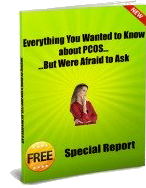
Your email is safe with us. We respect your privacy, and you may unsubscribe at any time.
Recent Articles
-
PCOS Long Journey to The Happy End
Apr 30, 18 07:24 PM
Hi Girls, Maybe my story will have one day a good end but I am not there yet. Until I was 31 years old I lived my dream, having lovely husband, good -
PCOS and Miscarriage
Apr 17, 18 04:03 PM
Proper diet and natural supplements can help the body maintain a pregnancy through successful delivery.
-
How to Deal with PCOS and Stress
Apr 04, 18 04:19 PM
Your body has a natural capacity to heal itself if you provide it with the necessary tools.

